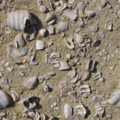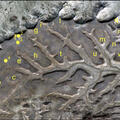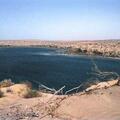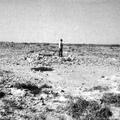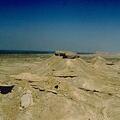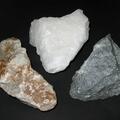Shell Middens of the Coast of Balochistan
Surveys conducted along the southeastern coast of Las Bela in the following years have shown that shell middens with different characteristics and variable chronology exist in many places among which are Gadani and Phuari Headlands and the shores of Lake Siranda. Shell middens are places where the debris from eating shellfish and other food has accumulated over time.

